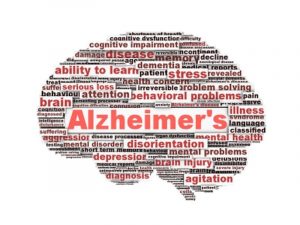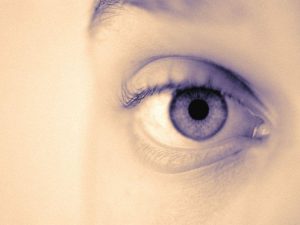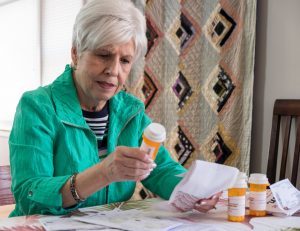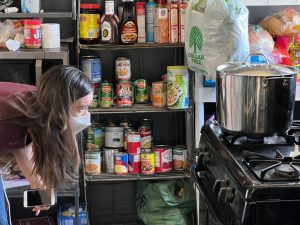
Boys are four times more likely to be diagnosed with autism than girls are, but girls may be more likely to experience anxiety alongside the disorder than boys, new research reveals. Anxiety tends to travel with autism, which is characterized by problems with social interaction, communication and behavior. About 1 in 36 kids in the United States has autism, according to the U.S. Centers for Disease Control and Prevention. Now, this latest study suggests that the developmental disorder might play out a bit differently in girls. “Autistic females have higher rates of anxiety disorders than autistic males, especially in presentations of anxiety that are distinct to autism and may be more challenging to identify,” said study author Christine Wu Nordahl, director of the Autism Phenome Project. “This is especially important because we now know that there are effective treatments for anxiety in autistic youth that can greatly improve their quality of life, but the promise of effective treatments …can only be realized if we can accurately identify anxiety,” she added. For the study, 112 kids with autism (89 boys and 23 girls) underwent brain scans when they were toddlers and at three other time points. Their parents were interviewed about their anxiety symptoms when these kids were 9 to 11 years old, to help tease out whether anxiety was related to autism symptoms or a… read on > read on >






































